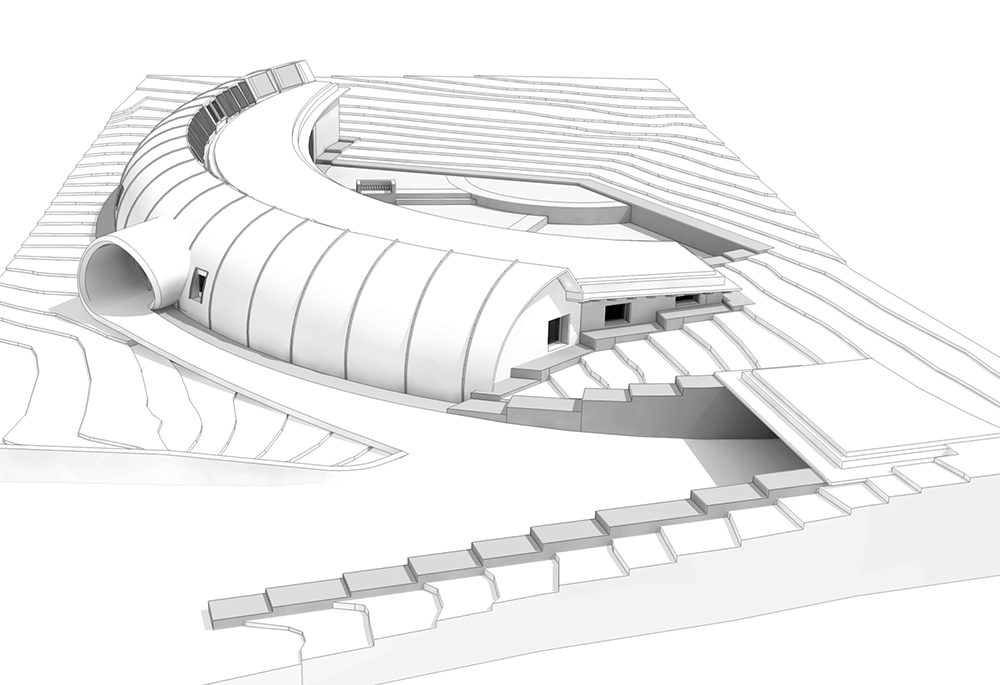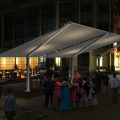The Growth of the Adopted Philosophy
Conrad is an accomplished Martial Arts practitioner winning both National and International Tae Kwon Do Competitions, as a fourth Dan he is considered a master ; and has travelled extensively through South America and Asia sketching and photographing the local vernacular architecture, people and places. Gaining further understanding as a conservation architect. This lead to the development of the adopted philosophy of DD Architects.
He is also a qualified Sivanander yoga teacher having taken an intensive Teachers Training Course in India, later cycling up and down and around the Himalayas on a pilgrims trail from Rishikesh to the mouth of the Ganga – Gangotri, and down again.
He uses the lessons learnt through the intense discipline and philosophy adopted whilst studying Yoga and the martial arts to aid his design creativity. He regularly cycles too and from Brighton and surrounding villages as he tries all measures to reduce his carbon footprint and try to live the life a conservation architect should lead.
DD Architect’s Adopted Philosophy
The following ten principles (not necessarily in order of importance) are offered as a guide to DD Architect’s adopted philosophy:
- Appraise character and context before starting to design.
- Avoid replacement or harm to character of any building or feature on the site or area.
- The greater an area’s uniformity the greater the presumption against contrasting new buildings.
- In areas of mixed character, new buildings should be visibly of their time, yet strengthen local distinctiveness.
- New buildings must respond to the local vernacular, local scale, form, materials and detailing of the area.
- Reflect the right grain, height and bulk of surroundings, not necessarily the largest or highest.
- Period scholarship or fine modernism are both better than weak interpretation.
- Full details and care in controlling execution are essential to good architecture.
- Assess artistic quality independently and with great caution.
- All new buildings should be legible, friendly, delightful of form, colour and texture, technically excellent and in appropriate settings.
To find out how we can assist in your project, please get in touch. We look forward to hearing from you.





